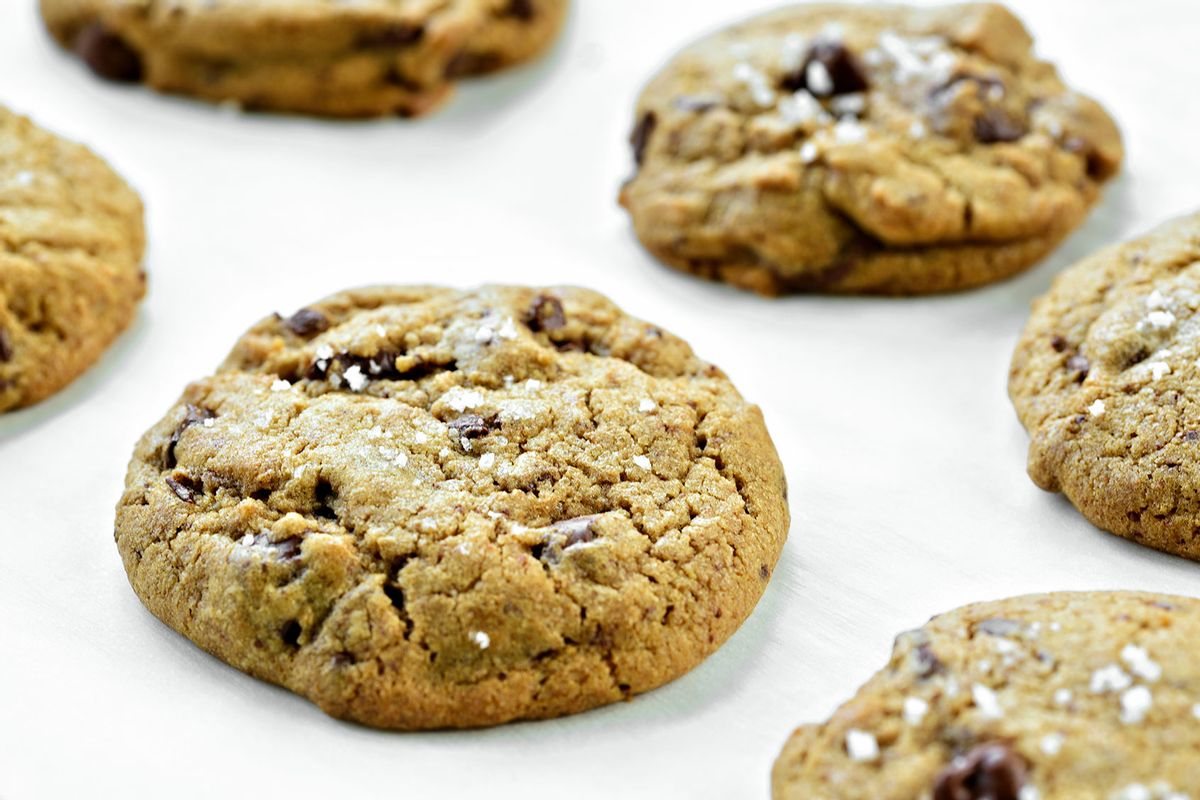One of the most captivating aspects of food television—whether it’s a lushly shot documentary, a fierce competition series or an intimate "come into my kitchen" show—is that tantalizing thought: “That looks delicious…should I give it a try?”
For fans of “The Great British Bake Off,” this urge often peaks with each beautifully crafted pastry. While most of us don’t have a tent for baking, we (hopefully) have a functional kitchen and basic ingredients to attempt cookies, cakes or pies. While the intricate chemistry of baking can someone topple even the greats, that doesn't always have to be the case.
Salon was recently able to connect with Bridget Vickers, Associate Dean of Students at the Institute of Culinary Education’s Los Angeles campus, to get some answers on some of the most common home baking troubleshooting questions.
How do I "save" my under-baked pastry?
If you discover your pastry is underbaked, don't despair! You can gently slide it back into the oven at a lower temperature, ensuring not to overbake the edges. For a beautiful finish, use a pastry brush to glaze the top with egg wash or milk. Keep an eye on it to avoid any further mishaps!
My buttercream is curdled. Should I throw it out or can I somehow fix it?
A curdled buttercream can often be rescued. Gently reheat it over a double boiler while whisking vigorously or use a handheld mixer. The warmth will help emulsify the mixture. If it’s still stubborn, add a tablespoon of warm milk or cream to help smooth it out.
We need your help to stay independent
My tart shells always crack in the oven. How do I prevent that?
To ensure your tart shells remain crack-free, always chill the pastry before baking to allow the gluten to relax. Additionally, pie weights during the blind baking process stabilize the dough and prevent it from puffing up. For a smoother finish, consider rolling the dough slightly thinner.
My homemade pastries always seem dry. How do I avoid this?
Moisture is key! For pastries, try incorporating a bit of sour cream or yogurt into the dough for added richness. For bread, steam it in the oven by placing a pan of water at the bottom during baking. Also, wrap your baked goods properly once they cool to lock in moisture.
My cakes look and taste great but they always "dome." Is there a reliable way to prevent that from happening?
To avoid that dome shape, ensure your oven is at the right temperature — using an oven thermometer can help. You can also use a cake strip (a damp cloth wrapped around the cake pan) to promote even baking or lower the baking temperature slightly while extending the baking time.
Want more great food writing and recipes? Subscribe to Salon Food's newsletter, The Bite.
Do you really need to chill cookie dough?
Yes, you really should chill your cookie dough! Chilling firms up the butter, which helps prevent spreading during baking and allows the flavors to deepen. It also improves the texture, leading to chewier, more flavorful cookies. Ideally, chill for at least 30 minutes, but overnight is even better.
How do you ensure your pie crust is flaky?
Consider adjusting your fat-to-flour ratio if your pie crust isn’t flaky enough. Ensure your butter is cold and cut it until the mixture resembles coarse crumbs. Adding a tablespoon of vinegar or vodka to the dough will inhibit gluten formation while keeping it tender.
How do I know when I've kneaded my bread dough enough?
A well-kneaded dough should be smooth and elastic. When you perform the windowpane test, a small piece of dough stretched out gently should form a translucent membrane without tearing. Overworked dough will be tough rather than pliable, so if it starts to feel like it’s resisting your stretch, you’ve likely gone too far.



Shares